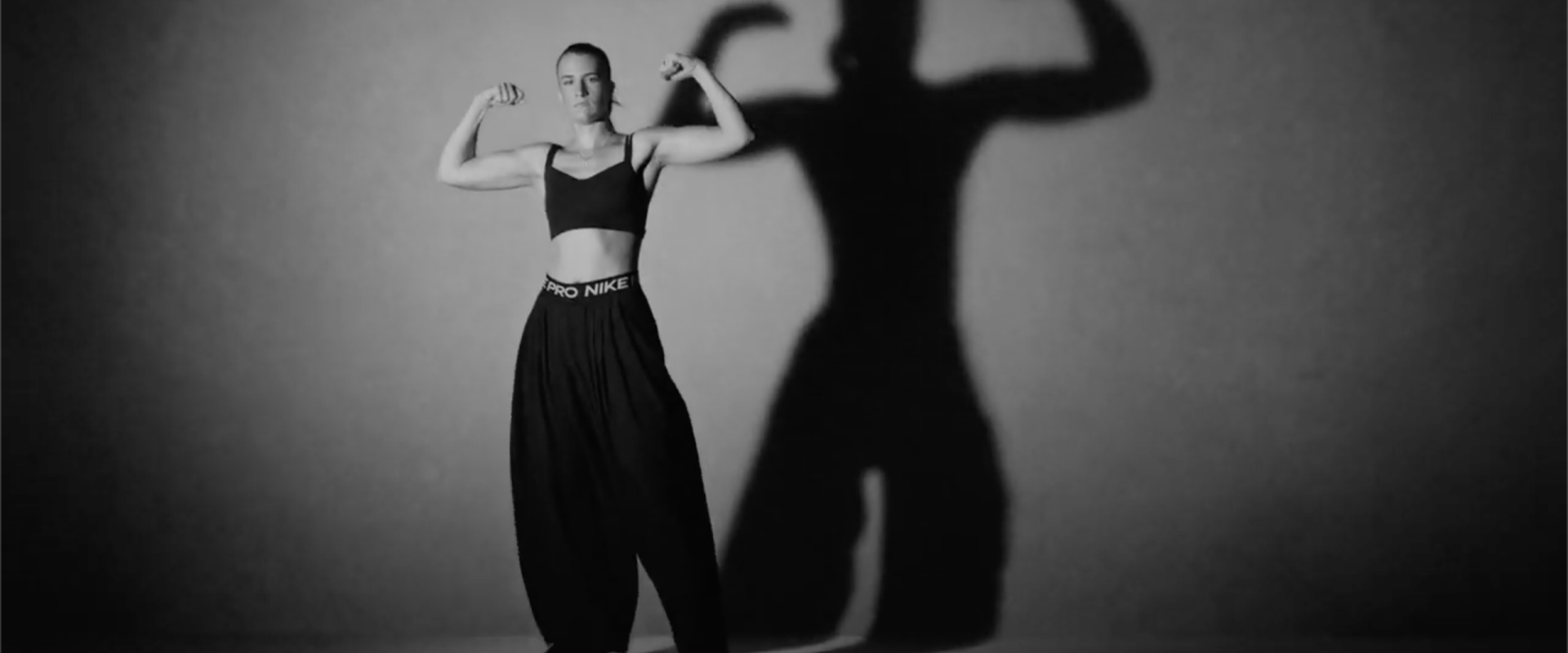
Nike’s 'So Win' Ad: A game-changer for women’s sport despite the controversy
11 Feb 2025
Nike has not had the best run with women’s sport. Their official kit for Team USA women’s Paris 2024 Olympic track & field kit was slammed as a “a costume born of patriarchal forces” and their latest brand ad, So Win, centred around top female athletes like Caitlin Clark, Jordan Chiles & Sha’Carri Richardson, has also divided opinion when it was released during the Super Bowl at the weekend (Nike’s first Super Bowl ad in 27 years none the less).
But despite the differing views on the campaign, more broadly this feels like an important moment.
Is this the start of brands like Nike finally realising the growing power of women’s sport and the role they can play in accelerating its growth?
A Bold Statement on a Global Stage
The Super Bowl is one of the biggest advertising platforms in the world, traditionally dominated by male-centric sports narratives. For Nike to dedicate this moment exclusively to women’s sport, certainly signals a shift in the way it views the commercial viability of the women’s game, not as an afterthought or side campaign but as a central, strategic focus.
By elevating it on a global stage, Nike isn’t just celebrating female athletes; its reinforcing the idea that women’s sport deserves the same cultural and commercial weight as men’s and long may that continue.
The campaign has unquestionably launched at a critical point for Nike as it aims to reverse declining revenue, which fell 7.7 percent in the quarter ending 30 November.
Returning CEO Elliott Hill has outlined a turnaround strategy centred on refocusing on sports and invigorating their marketing through athlete-driven storytelling. A restructure of its marketing division and the appointment of Nicole Hubbard Graham as chief marketing officer, Nike’s renewed emphasis on storytelling is evident.
Hubbard Graham said of the campaign release, “We really want to get back to athletes over algorithms. You cannot be capturing demand if you’re not also creating demand.”
Women’s Sport as a Commercial Opportunity
One of the biggest challenges for women’s sport has been securing sustained commercial investment. Traditionally, brands have struggled to measure ROI in the same way they do with men’s sport, where metrics like eyeballs, ticket sales and broadcast deals dominate. But women’s sport offers something different: a level of fan engagement and community-driven support that brands can tap into in a much more meaningful way.
Nike’s decision to centre a major campaign around women’s sport reinforces the message that there is real commercial value here. If a global powerhouse like Nike sees the potential, it sends a strong signal to other brands, investors, and sponsors that women’s sport is not just a moment, it’s a movement.
The Start of Something Bigger?
The ad itself has divided opinion, but it does highlight and carry a deeply resonant message about the challenges female athletes still face, both on and off the field of play, speaking to the barriers, criticisms, and underrepresentation that women and girls encounter every day at every level. As a working mum of two it certainly resonated with me.
Nike’s campaign could be a tipping point. When a brand of this scale makes a commitment to women’s sport in such a high-profile way, it raises the bar for the entire industry. If Nike sees the commercial and cultural power of women’s sport, surely others will follow.
Yes, it’s undoubtedly still not really addressing ingrained stereotypes and the notion that it’s women that must change, not society. But in terms of a statement of intent for the dominance of women’s sport, let’s hope this isn’t just a one-off PR stunt but the start of a broader shift in investment.
Women’s sport has long proven its worth, now it’s time for brands to recognise, support, and invest in its future.
Who’s next?
Run X is a dedicated women’s sport practice area of Run Communications. For more information visit www.runcommunications.co.uk/RunX


